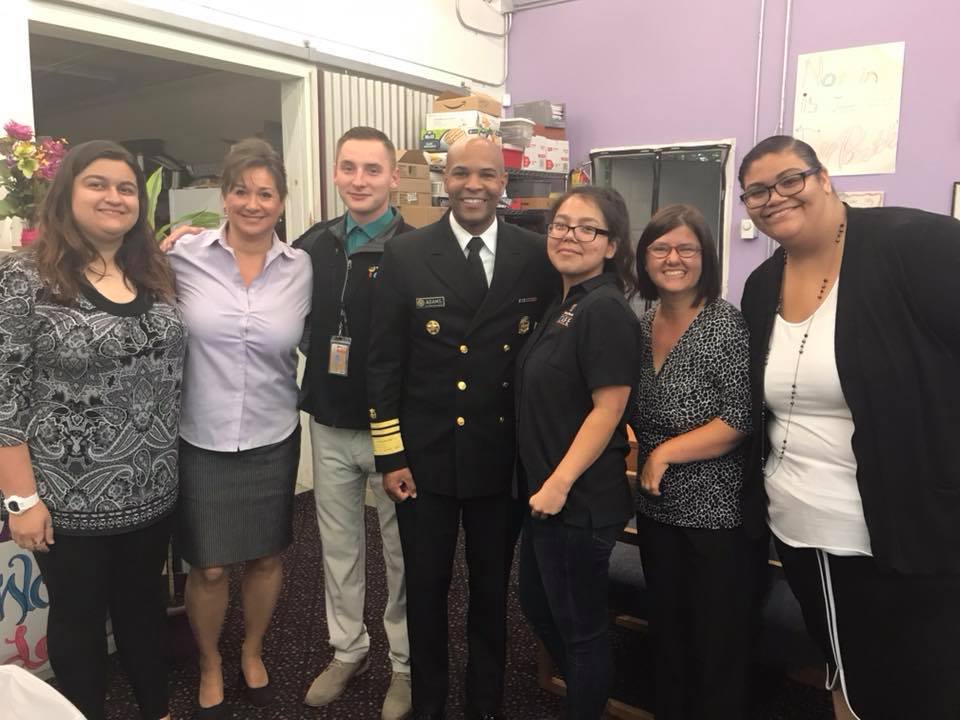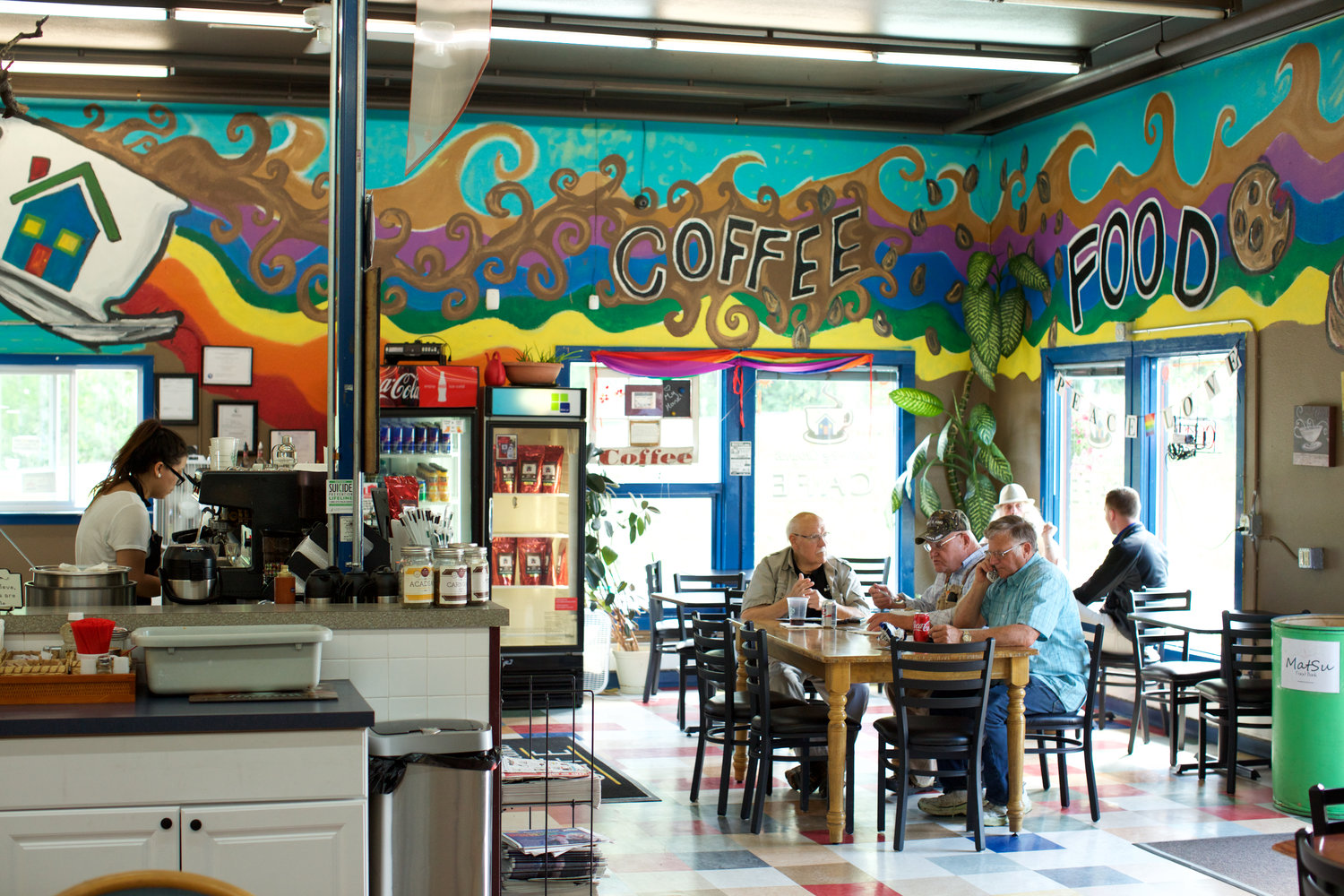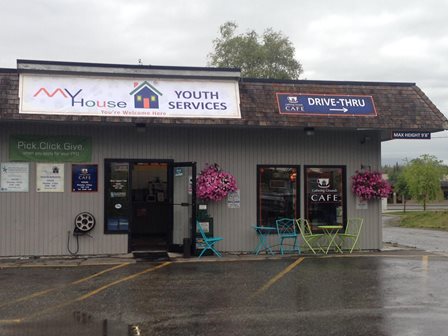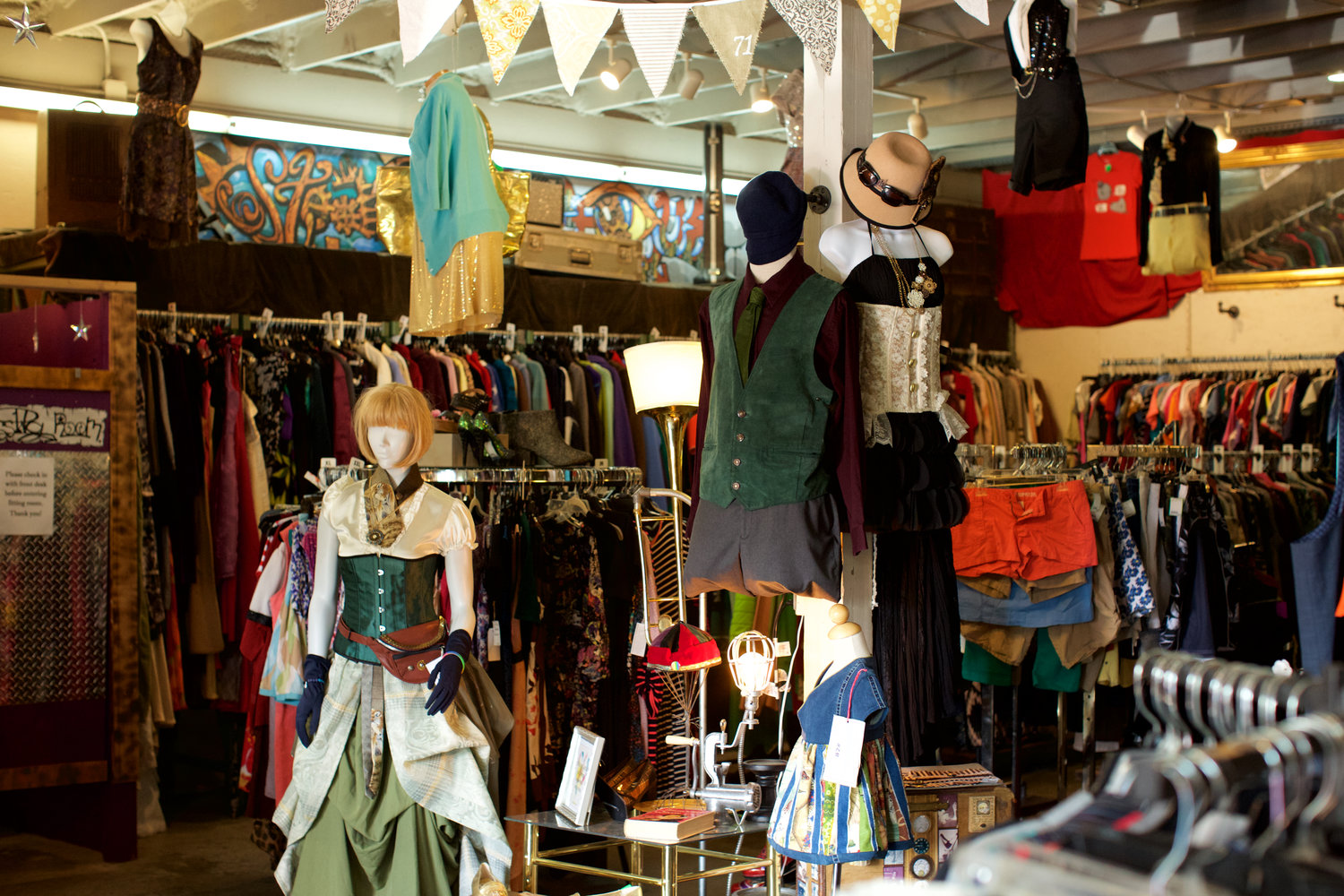Image

It was January 2010, the height of the opioid epidemic. Not long before, Michelle Overstreet and her husband Jeff had returned to their home state of Alaska from Arizona, seeking a safer environment for their young daughter. Overstreet was working at an alternative high school as a graduation-prep coach.
She saw, she recalls, a large number of teens with addicted parents or other dysfunctional situations that turned what should have been their safe havens—their homes—into danger zones. One of them became the catalyst for the nonprofit she now heads and that inspired her selection for one of this year’s Dorothy Richardson Awards for Resident Leadership by NeighborWorks America.
“His dad was gone for two weeks at a time, working on the oil rigs, and his stepmom would just kick him out; she considered his presence inconvenient,” explains Overstreet. “He had nowhere else to go, so he would load everything into his car and live there while his dad was gone. All I could do to help was give him a sleeping bag and some money for gas. The emergency shelter in town wouldn’t take any kid who wasn’t paid for by the juvenile justice or child-protection system.”
She went home that night and couldn’t sleep, thinking about the boy’s plight.
“My husband got up and asked, ‘What's going on?’ I replied, ‘I feel like we have to do something for these kids. This is our home, where we want to raise our daughter. We can do better; we have to do better.’”
Overstreet first met the man who would become her husband in third grade, although they didn’t start dating until she was studying behavioral medicine in graduate school. She calls him her “steady Eddy”—and for good reason. He replied to her late-night anguish with 100 percent support for her dream: He said, ‘Well, for God's sake, let's do something then because nobody is getting any sleep around here.’”
That’s the creation story for MyHouse, with a mission of ending youth homelessness in Matanuska-Susitna Borough—an area the size of the state of West Virginia, including the towns of Palmer and Wasilla.
Alaska in the bullseye zone

Why is Alaska such a hot spot for social problems like these? Overstreet doesn’t think it’s the largely rural, isolated nature of the state; after all, Anchorage faces the same challenges. Rather, she points to two dynamics: One is the polyglot nature of the population.
“A lot of people come to the state to escape. I think they see it as sort of the Wild West,” Overstreet muses. “They come here thinking the dramatic geographic change will ‘fix’ their lives, when really they need to work on their mental and emotional health. You end up with a lot of damaged people.”
The other social dynamic that contributes to the state’s ills, says Overstreet, is a culture in which women are often treated the way they were in the 1950s. “We don't have the same ‘voice’ as men; we aren't regarded with the same respect,” she says. “To grow up into a healthy adult you have to start with healthy families. Take my family as an example: We grew up with no one around us smoking, getting drunk, getting high or hitting their spouses. As a result, that culture wasn’t acceptable to us, so we didn’t marry people who would do that either. It wasn’t part of our comfort zone. But in many places here, it is. More than half of the kids we see in MyHouse have troubled parents or no parents.”
Importance of a stable start
Overstreet’s family was particularly closely knit. She grew up on an 1,800-acre homestead that included a dairy farm, with 42 first cousins nearby—most of whom still live within 15 miles.“The farm was really the center, where we all came together,” she recalls. “The homestead lifestyle was hard work; we grew or hunted most of the food we ate. The feeling of community was really strong: you took care of people in your community who were sick or old and couldn't fend for themselves. And there's still a vibe like that for many of us; I want to help those who fall through the cracks because they don’t have the same safety net.”
A neighbor who committed suicide and a favorite high school class in psychology inspired Overstreet’s decision to study behavioral medicine—first in Idaho and then in Arizona for her master’s degree. It didn’t all come easy; she flunked out of her first semester due to the lack of her usual family support system. When she went back home, however, her grandmother—who was an “absolute force to be reckoned with”—said “get your ass back there and figure out how to do this thing.” And although one dean advised her to not come back, another one recognized her potential and assigned her to a supportive professor as a research assistant. The vote of confidence worked, and at 19 she was traveling the country presenting research findings at national conferences.
“If you tell me I can’t do something, the likelihood that I’ll accomplish it anyway goes way up,” Overstreet laughs, remembering the dean who told her to give up.
Shocked by suicides

Although Overstreet helped bring the number of suicides down by getting them off the local newspaper’s front page (which fueled copycat incidents) and increasing education, the death of her cousin’s daughter “wiped her out,” says Overstreet. She needed a break, so her husband accepted a job transfer and they moved to Arizona. It didn’t take long, however, before she had found a new way to put her expertise into action. After helping the nephew of her real estate broker navigate the mental health system and realizing she could help other families with similar challenges, she became certified as a “life coach” for youth. She also responded to an ad and was hired to work with Joe Garagiola Sr. and the Diamondbacks baseball team to educate young people on why they should avoid spit tobacco. Every major league baseball team is required to run such a program, paid for by the tobacco industry.
“I had so much fun doing that, but the real gift was Joe. He loved the fact that I was just a ‘straight-shooting little country girl',” laughs Overstreet. “I stood right up to the tobacco companies when they would try to say there was no evidence of health damage from this stuff.”
Still, while you can take the girl out of Alaska, you can’t take Alaska out of the girl. Nine years later, Overstreet and her husband returned to their home state. She also went back to the alternative high school where she had once worked, and that’s where she “sent one kid too many to their cars with a sleeping bag.”
‘Birth’ of MyHouse
 After that sleepless night when her husband gave her the green light to start her own nonprofit, Overstreet began visiting potential investors and supporters with a PowerPoint making her case.
After that sleepless night when her husband gave her the green light to start her own nonprofit, Overstreet began visiting potential investors and supporters with a PowerPoint making her case.“First I went to the existing housing and homeless coalition and other organizations and clubs,” she recalls. “There were 13 people in the room and most were ‘good, old boys.’ They ran million-dollar nonprofits and didn’t want anybody they hadn’t pre-approved at the table. All of them said, ‘we are not interested. We have a 10-year plan.’ But they were 13 years into their 10-year plan and the truth is, we needed a 10-month plan. We had kids sleeping in cars, we had kids prostituting themselves, we had girls being trafficked and dealing drugs in exchange for a place to stay at night. We had to do better than this!”
Fortunately, Overstreet found the help she needed from the mayor of Wasilla; he grasped the problem and her proposal immediately. By June 2013, MyHouse was settled in an old electrical warehouse in Wasilla and three months later, various local construction, plumbing and other companies had donated $90,000 worth of work and supplies to get it up and running. First, there was the coffee shop (Gathering Grounds), which serves as a job-training program. Then came the Steamdriven Boutique, which started out as a clothing give-away resource for homeless youth. With the help of a grant, it became a store that also offers job training. Across the coffee shop and boutique, 20 homeless youth are employed and trained at any one time. (Although Overstreet originally had hoped these businesses could be profitable operations, that hasn’t happened. The training requires too much separate attention.) The third piece of the operation is a 14-bed transitional housing facility, with the average length of stay a little over a year. Clients served range in age from 14 to 24.
Tackling the opioid crisis

“We could see the opioid epidemic really taking hold. When we first started MyHouse, we had three distinct groups of kids: the ones who didn’t use, the ones who were experimenting but not addicted, and those who were addicts,” explains Overstreet. “But within six to eight months, there was no one in the middle. They either weren’t using yet or were addicts.”
In 2015, 11 clients died due to overdose. A parent came to Overstreet whose daughter had died in an Anchorage jail while she was detoxing from heroin. He said, “There are services out there but they aren’t coordinated and parents don’t know where to go,” she recalls. Overstreet convened a meeting of everyone she could think of who had resources or expertise to offer and 45 people showed up. They formed a task force and its goal for the next year is to concentrate more on prevention.
Power of collaboration
Overstreet first became involved with NeighborWorks when NeighborWorks Alaska wanted to extend its services into the borough. Overstreet remembered the resistance she initially encountered and was determined to help other nonprofits avoid her ordeal. She teamed up with Chantel Welch, then director of community development at NeighborWorks Alaska, to explore how the nonprofit could improve the area communities. Welch returned the favor and selected Overstreet for a team attending a NeighborWorks Community Leadership Institute (CLI).“Two things really important happened there,” recalls Overstreet. “One was that our team from across Alaska really jelled. We felt like we were fighting the same battles and wanted to work more closely together. The second was watching what happened with the 23-year-old I brought with me. She was one of the youngest at the conference, but she shone. When you give these youths the opportunity, they are rock stars. Chantel and I started talking about that and decided to apply for a state grant for a youth demonstration project that would develop culturally appropriate MyHouse drop-in centers across the state. Our goal is to create a paradigm shift in the way we treat youth homelessness across Alaska.”
One of the requirements of the grant is to set up a youth advisory board. MyHouse already had one; in fact, Overstreet wrote the bylaws that mandate it.
“Too many organizations try to serve youth without any youth voices at the table,” Overstreet muses. “But there have been so many times when we’ve had a board meeting and we come up with an idea we think is really great and we start blabbing on about it. Then we turn to the young person at the table and ask what he or she thinks. The response is, ‘youth will never go for that,’ and that ends the conversation.”
One of the MyHouse young-adult team members started a statewide youth advisory board and three of the members are from the nonprofit. They teleconference together once a month—basically duplicating what started at the CLI—to discuss how to help other homeless youth while tapping into substance-abuse and housing-related resources.
With all of these seemingly entrenched challenges on her plate, how does Overstreet measure success? One critical measure is the number of clients who are in stable housing three years after leaving MyHouse. (The answer: 97 percent.) Another is the percentage of clients who are attending school or are working in a job for which they were trained for or better (92 percent).
“When these kids are ready to move on, they usually come back later to celebrate with us how they are doing,” Overstreet says. “They bring their spouses, their children, their college diplomas. We truly care about them and they feel it!”

